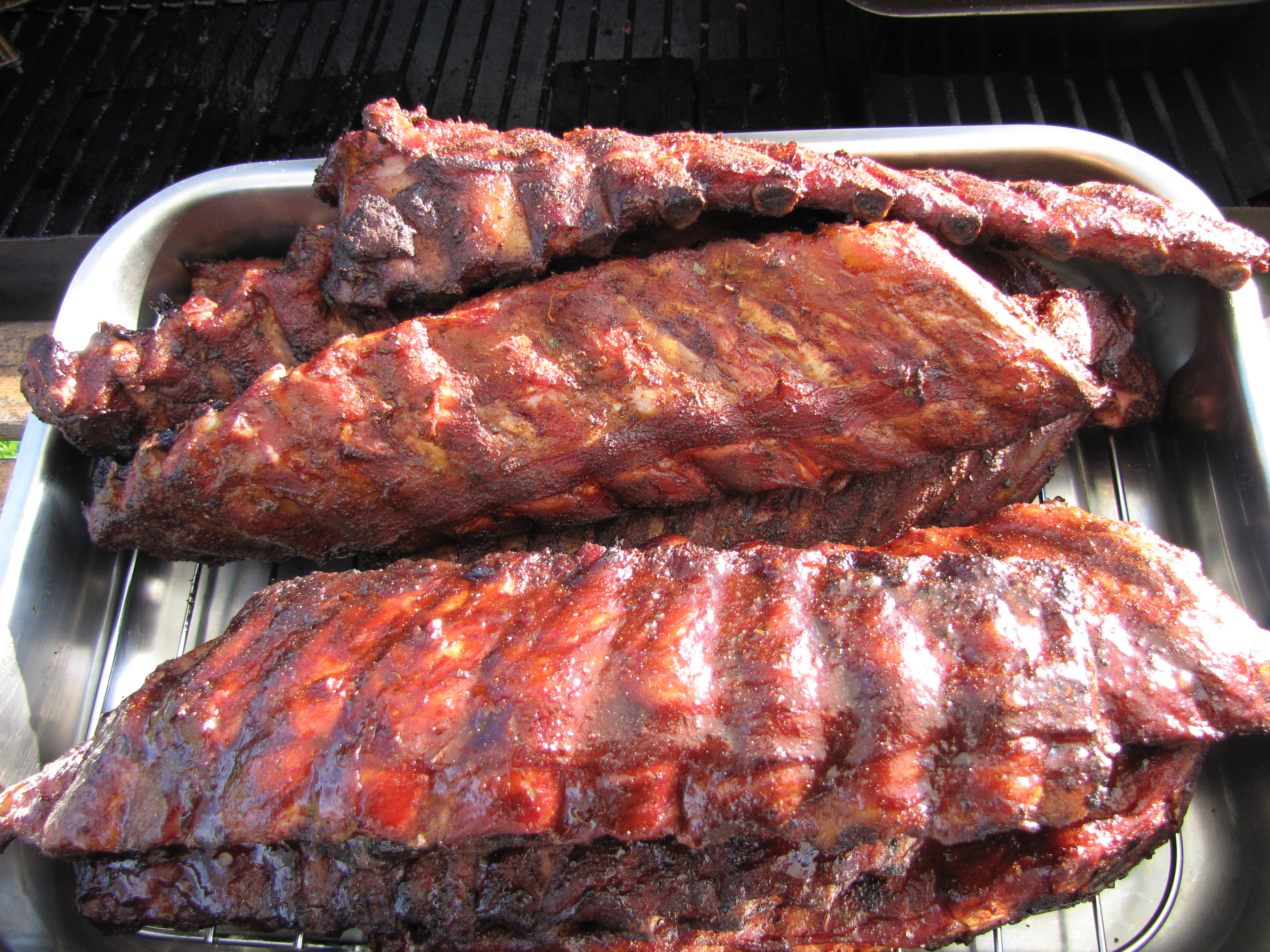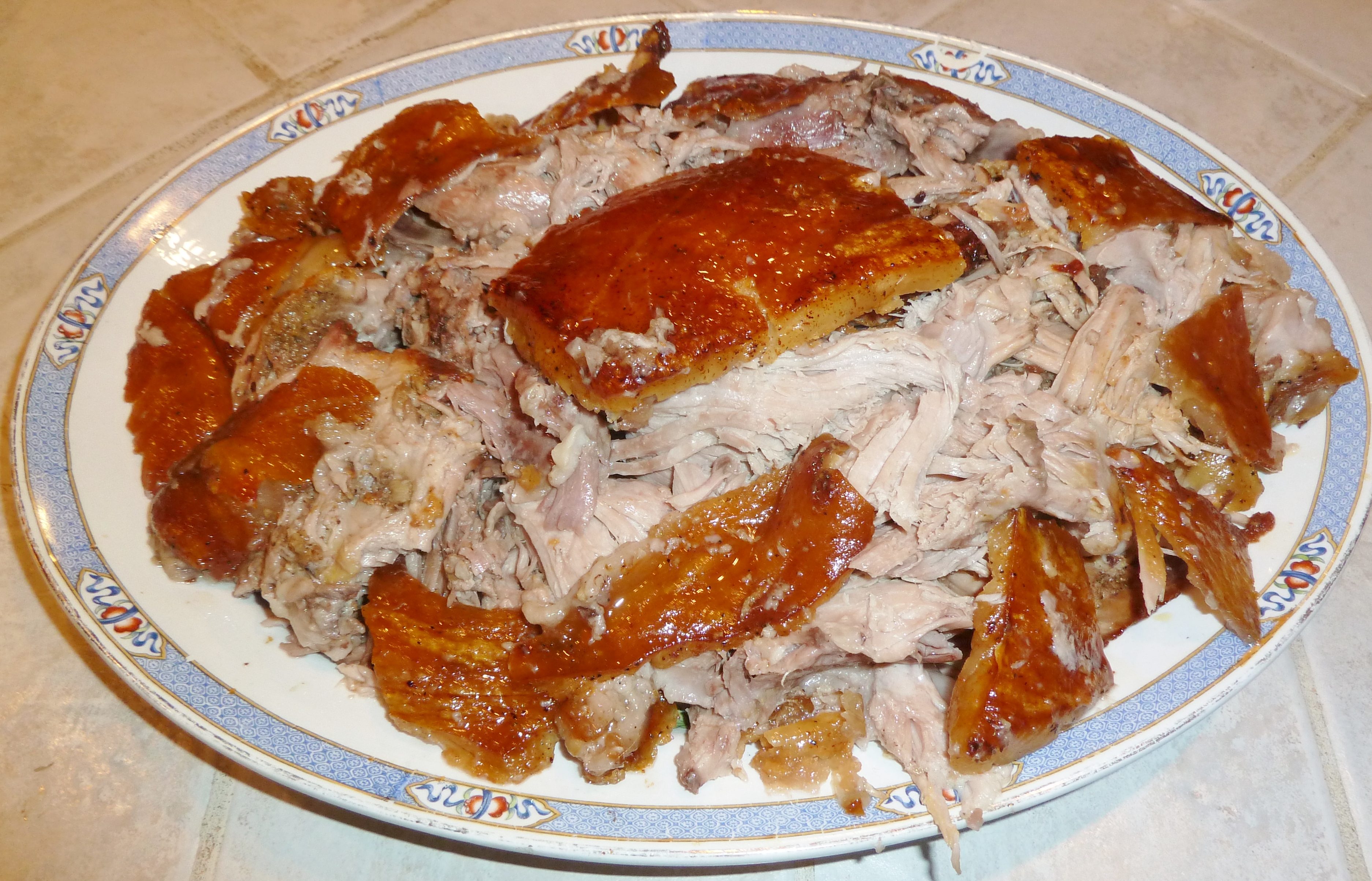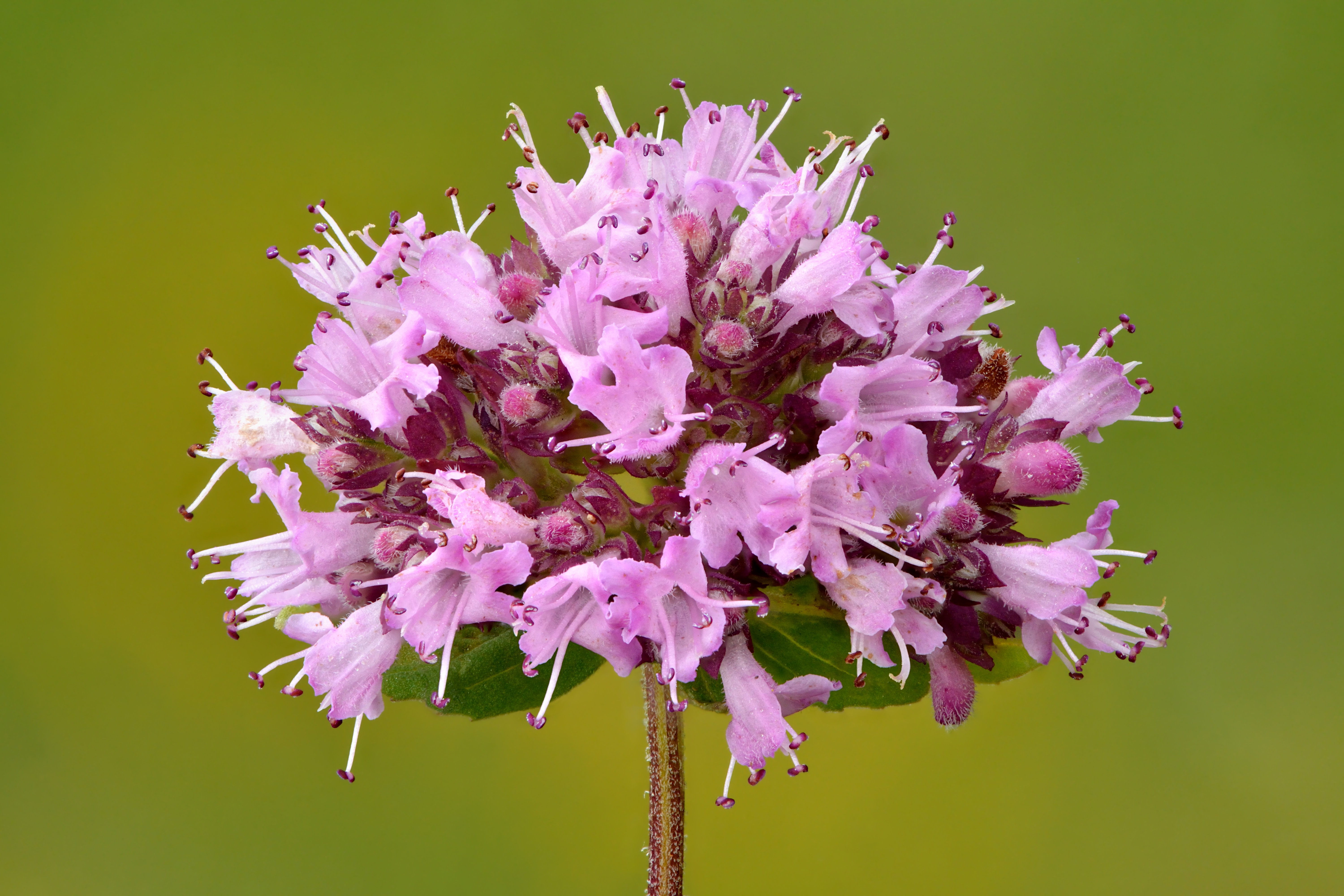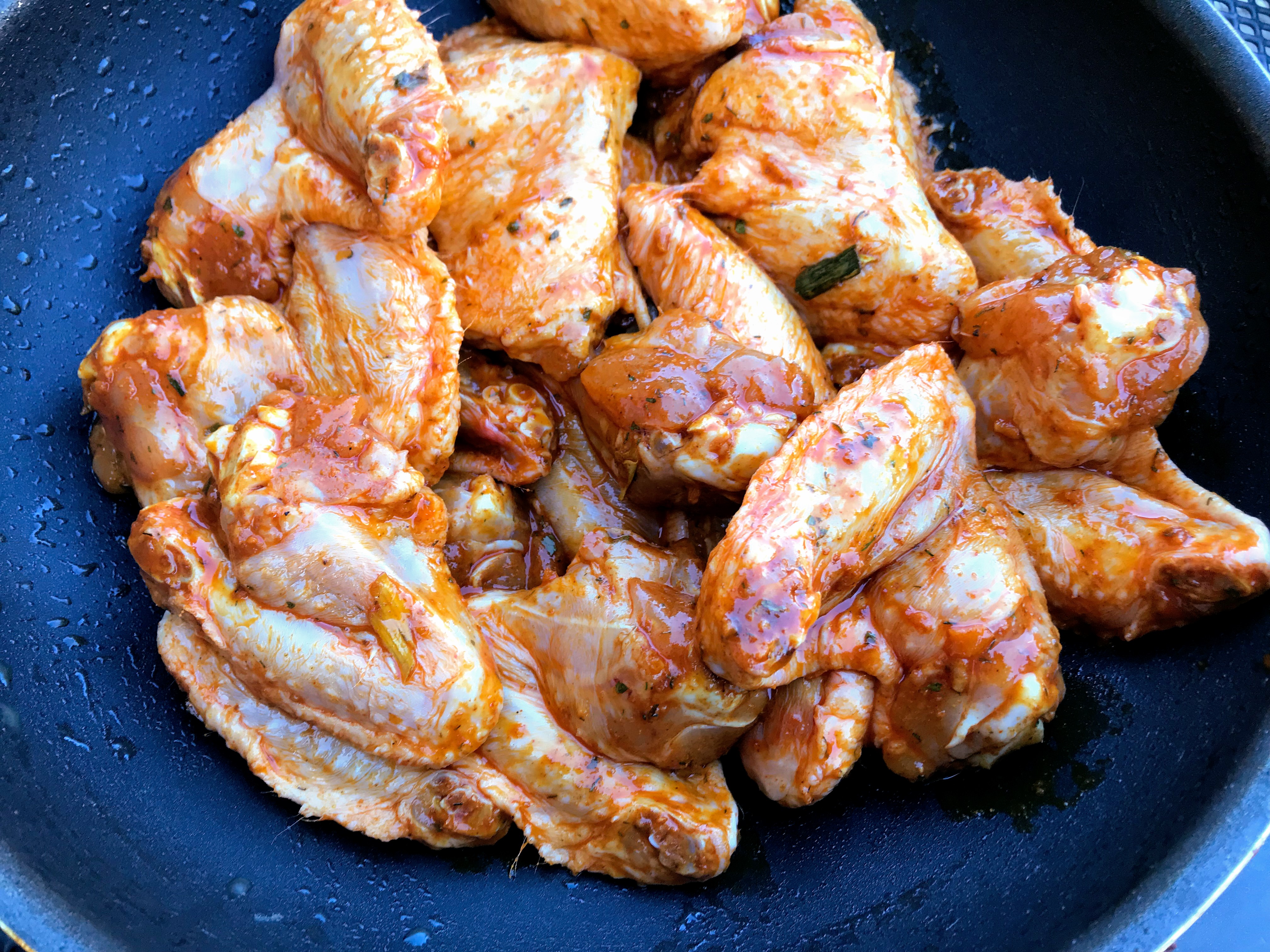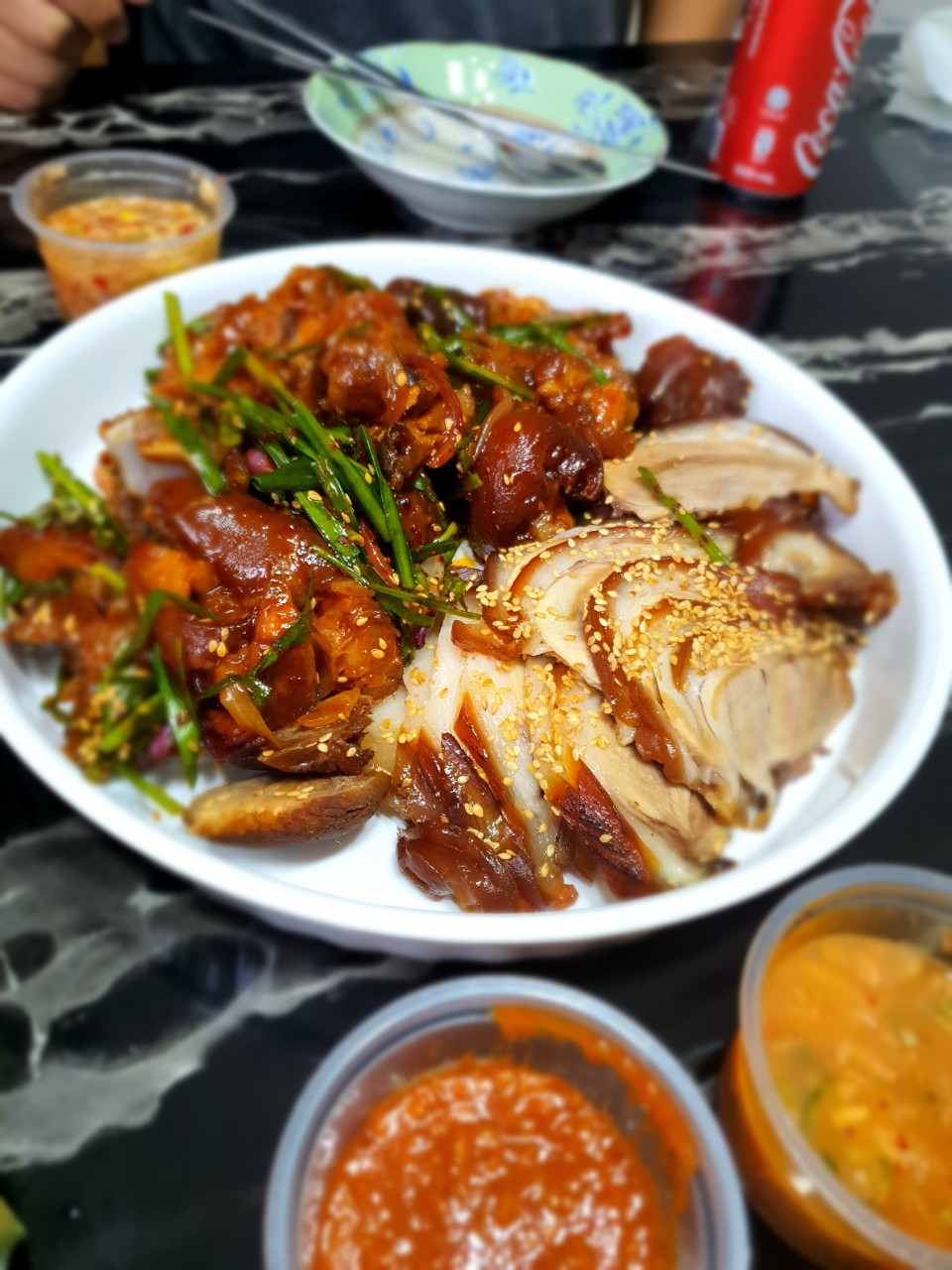|
Pernil
Pernil (pernil asado, pernil al horno, roast pork butt) is a slow-roasted marinated pork leg or pork shoulder. In Latin American countries the dish is commonly shared during Christmas. It is a typically accompanied by arroz. The pork shoulder is used as a whole piece, with skin and bone. It is marinated the day prior to roasting with sofrito, salt and pepper, plus possibly additional spices (oregano and adobo). Sofrito is placed deep within the meat through small cuts. After marination the covered meat is slowly roasted initially in the oven for several hours, and, in the final phase, at a higher temperature with the cover off to get the skin crisp. When finished, the meat falls off the bone, and the crisp skin (cuero) is separated, cleared of fat, and can be served separately as cueritos (skin chips). See also * Jokbal ''Jokbal''(족발) is a Korean dish consisting of pig's trotters cooked with soy sauce and spices. [...More Info...] [...Related Items...] OR: [Wikipedia] [Google] [Baidu] |
Roast Pork
This is a list of notable pork dishes. Pork is the culinary name for meat from the domestic pig (''Sus domesticus''). It is one of the most commonly consumed meats worldwide,Raloff, JanetFood for Thought: Global Food Trends Science News Online. May 31, 2003. with evidence of pig husbandry dating back to 5000 BC. Pork is eaten both freshly cooked and preserved. The consumption of pork is prohibited in Judaism, Islam, and some Christian denominations such as Seventh-day Adventism. Fresh pork may contain trichinosis, a parasitic disease caused by eating raw or undercooked pork or wild game infected with the larvae of a species of roundworm ''Trichinella spiralis'', commonly called the trichina worm. In the United States, the U.S. Department of Agriculture recommends cooking ground pork, that is obtained from pig carcasses, to an internal temperature of 160 °F, followed by a 3-minute rest, and cooking whole cuts to a minimum internal temperature of 145 °F, also followed ... [...More Info...] [...Related Items...] OR: [Wikipedia] [Google] [Baidu] |
Cuban Cuisine
Cuban cuisine is largely based on Spanish cuisine with influence from African and other Caribbean cuisines. Some Cuban recipes share spices and techniques with Spanish, African and Taino cooking, with some Caribbean influence in spice and flavor. This results in a blend of the several different cultural influences. A small but noteworthy Chinese influence can also be accounted for, mainly in the Havana area. There is also some Italian influence. During colonial times, Cuba was an important port for trade, and the Spanish ancestors of Cubans brought with them the culinary traditions of different parts of Spain.Rodriguez, H. ''Cuban Food Profile: Cuban Food History'' Overview As a result of the colonization of Cuba by Spain, one of the main influences on the cuisine is from Spain. Other culinary influences include the Taíno, the indigenous people of Cuba, Africa, from the Africans who were brought to Cuba as slaves, and French, from the French colonists who came to Cuba from Ha ... [...More Info...] [...Related Items...] OR: [Wikipedia] [Google] [Baidu] |
Crispiness
Crispiness or crispness is one of the most common food texture attributes. Crispiness refers to a hard food that emits a sound upon fracturing. Foods described as crisp tend not to show signs of deformation prior to fracture. Crispiness and crunchiness are often used interchangeably, however crispiness tends to be associated with a higher pitched sound, while crunchiness is associated with lower pitched sounds. Cooking techniques for crispiness There are a number of techniques to achieve crispiness when cooking. Frying food can make it crispy, such seen in French fries. A breading coating using flour, egg wash, and bread crumbs will provide a layer of crispiness.{{cite book, author=Editors, America's Test Kitchen , title=The Science of Good Cooking, publisher=America's Test Kitchen, 2012 , page=152f , isbn=978-1-933615-98-1, year=2012 Baking and roasting impart crispiness, as well, as noted in the skin of Peking duck, porchetta or pernil. Crispiness is lost when food items ... [...More Info...] [...Related Items...] OR: [Wikipedia] [Google] [Baidu] |
Arroz
Rice is the seed of the grass species ''Oryza sativa'' (Asian rice) or less commonly ''Oryza glaberrima'' (African rice). The name wild rice is usually used for species of the genera '' Zizania'' and '' Porteresia'', both wild and domesticated, although the term may also be used for primitive or uncultivated varieties of '' Oryza''. As a cereal grain, domesticated rice is the most widely consumed staple food for over half of the world's human population,Abstract, "Rice feeds more than half the world's population." especially in Asia and Africa. It is the agricultural commodity with the third-highest worldwide production, after sugarcane and maize. Since sizable portions of sugarcane and maize crops are used for purposes other than human consumption, rice is the most important food crop with regard to human nutrition and caloric intake, providing more than one-fifth of the calories consumed worldwide by humans. There are many varieties of rice and culinary preferences tend to va ... [...More Info...] [...Related Items...] OR: [Wikipedia] [Google] [Baidu] |
Sofrito
(Spanish, ), (Catalan), ( Italian, ), or ( Portuguese, ) is a basic preparation in Mediterranean, Latin American, Spanish, Italian and Portuguese cooking. It typically consists of aromatic ingredients cut into small pieces and sautéed or braised in cooking oil. In modern Spanish cuisine, consists of garlic, onion, peppers, and tomatoes cooked in olive oil. Carrots are an optional inclusion. This is known as , or sometimes as in Portuguese-speaking nations, where only garlic, onions, and olive oil are considered essential, tomato and bay laurel leaves being the other most common ingredients. Mediterranean In Mediterranean cuisine, olive oil is heavily emphasized as the third critical component in the base along with tomatoes and onions. Garlic is optional, as it is not considered an integral part of the standard recipe. The earliest mentioned recipe of '','' from around the middle of the 14th century, was made with only onion and oil. Tomatoes and peppers, both ... [...More Info...] [...Related Items...] OR: [Wikipedia] [Google] [Baidu] |
Oregano
Oregano (, ; ''Origanum vulgare'') is a species of flowering plant in the mint family Lamiaceae. It was native to the Mediterranean region, but widely naturalised elsewhere in the temperate Northern Hemisphere. Oregano is a woody perennial plant, growing tall, with opposite leaves long. The flowers are purple, long, produced in erect spikes in summer. It is sometimes called wild marjoram, and its close relative, '' O. majorana'', is known as sweet marjoram. Both are widely used as culinary herbs, especially in Turkish, Greek, Spanish, Italian, Mexican, and French cuisine. Oregano is also an ornamental plant, with numerous cultivars bred for varying leaf colour, flower colour and habit. Etymology Used since the middle 18th century, the Spanish word ''orégano'' is derived from the Latin ''orīganum'' and ultimately from the Classical Greek (''orī́ganon''). This is a compound Greek term that consists of (''óros'') meaning "mountain", and (''gános'') meaning "brightness ... [...More Info...] [...Related Items...] OR: [Wikipedia] [Google] [Baidu] |
Adobo
or ( Spanish: marinade, sauce, or seasoning) is the immersion of cooked food in a stock (or sauce) composed variously of paprika, oregano, salt, garlic, and vinegar to preserve and enhance its flavor. The Portuguese variant is known as . The practice, native to Iberia ( Spanish cuisineManuel Martinez Llopis (1989), ''Historia de la gastronomía española'', Alianza editorial, and Portuguese cuisine), was widely adopted in Latin America, as well as Spanish and Portuguese colonies in Africa and Asia. In the Philippines, the name was given by colonial-era Spaniards on the islands to a different indigenous cooking method that also uses vinegar. Although similar, this developed independently of Spanish influence. Characteristics In the years following the arrival of Europeans to the Americas, meat and fish began to be preserved by new methods. Low temperatures facilitate food preservation, but in higher temperatures, other techniques, such as ''adobo'', became neces ... [...More Info...] [...Related Items...] OR: [Wikipedia] [Google] [Baidu] |
Marination
Marinating is the process of soaking foods in a seasoned, often acidic, liquid before cooking. The origin of the word alludes to the use of brine (''aqua marina'' or sea water) in the pickling process, which led to the technique of adding flavor by immersion in liquid. The liquid in question, the marinade, can be either acidic (made with ingredients such as vinegar, lemon juice, or wine) or enzymatic (made with ingredients such as pineapple, papaya, yogurt, or ginger Ginger (''Zingiber officinale'') is a flowering plant whose rhizome, ginger root or ginger, is widely used as a spice A spice is a seed, fruit, root, bark, or other plant substance primarily used for flavoring or coloring food. Spices ...), or have a neutral pH. In addition to these ingredients, a marinade often contains oils, herbs, and spices to further flavor the food items. It is commonly used to flavor foods and to tenderizing, tenderize tougher cuts of meat. The process may last seconds or d ... [...More Info...] [...Related Items...] OR: [Wikipedia] [Google] [Baidu] |
Pork Shoulder
A Boston butt is the slightly wedged shaped portion of the pork shoulder above the standard picnic cut which includes the blade bone and the "lean butt" (which is boneless), both extensions of the tenderloin cut and can be used in place of the tenderloin. Generally the pork shoulder is considered a primal cut with the picnic and butt sections being sub-primal cuts however, some sources do refer to the butt as a primary cut. The tenderloin is closer to the rear of the hog. The shoulder is at the front. The Boston butt gets its name simply from the fact that it is the wider end of the front shoulder. Butt is old English for “wide end” like the butt of a gun. See also *Cut of pork File:British Pork Cuts.svg, 400px, British cuts of pork poly 187 219 187 194 173 196 Trotters poly 372 226 373 207 361 204 359 216 Trotters poly 171 141 166 104 287 117 294 152 Belly poly 167 102 178 27 315 23 274 102 Loin poly 361 201 371 181 ... Could someone knowledgeable please edit the abov ... [...More Info...] [...Related Items...] OR: [Wikipedia] [Google] [Baidu] |
Cueritos
Cuerito is pig skin (pork rind) from Mexican cuisine, Venezuelan cuisine and Spanish cuisine. ''Cuero'' is the Spanish-language word for skin, leather or hide, so ''cueritos'' means "little skins". They are usually pickled in vinegar Cueritos: Pickled Pork Rinds from Tortas Paquime] by Erica O'Neil Wed., Apr. 13 2011 ''Phoenix New Times'' (''cueritos de vinagre'') and can be made with a spicy sauce. The vinegar can be seasoned with pineapple, dulce macho (), s, |
Jokbal
''Jokbal''(족발) is a Korean dish consisting of pig's trotters cooked with soy sauce and spices.Jokbal at It is usually braised in a combination of soy sauce, ginger, garlic, and rice wine. Additional ingredients used can include onion, leeks, garlic, cinnamon and black pepper. History Jokbal is presumed to have originated from braised pork, a local food of Hwanghae-do, where pigs' legs are boiled. The current jokbal is a food that started in Jangchung-dong in the 1960s, and is known to have been developed by grandmothers from Pyeongan-do and Hwanghae-do for a living. In the 1960s and 1970s, it began to be widely known through visitors ...[...More Info...] [...Related Items...] OR: [Wikipedia] [Google] [Baidu] |
Pork
Pork is the culinary name for the meat of the domestic pig (''Sus domesticus''). It is the most commonly consumed meat worldwide, with evidence of pig husbandry dating back to 5000 BCE. Pork is eaten both freshly cooked and preserved; curing extends the shelf life of pork products. Ham, gammon, bacon, and sausage are examples of preserved pork. Charcuterie is the branch of cooking devoted to prepared meat products, many from pork. Pork is the most popular meat in the Western world, particularly in Central Europe. It is also very popular in East and Southeast Asia (Mainland Southeast Asia, Philippines, Singapore, and East Timor). The meat is highly prized in Asian cuisines, especially in Mainland China, for its fat content and texture. Some religions and cultures prohibit pork consumption, notably Islam and Judaism. History Pigs were domesticated in Mesopotamia around 13,000 BC. Charcuterie is the branch of cooking devoted to prepared meat products su ... [...More Info...] [...Related Items...] OR: [Wikipedia] [Google] [Baidu] |
